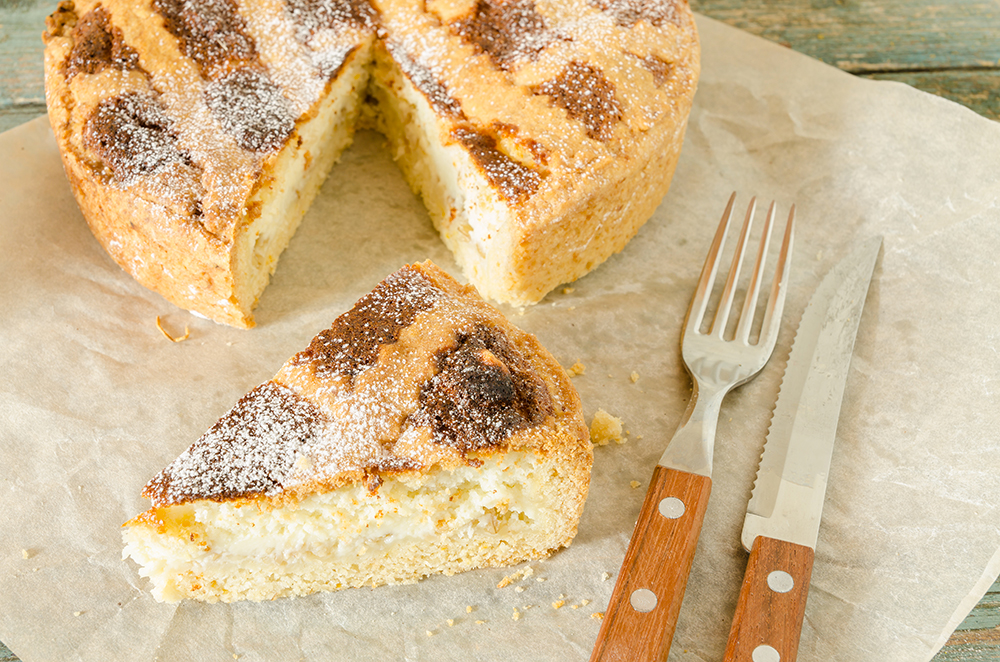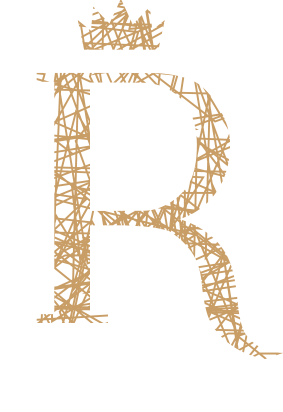Hearty to know the Neapolitan Easter menu type? If your answer is yes then all you have to do is read the last article of the guide of Il Salotto della Regina.
We begin by saying that one of the typical dishes of Neapolitan Easter is certainly the lamb meat that is normally served in more than one table over two in homes, restaurants and farms. Whether cooked according to the classic Neapolitan recipes baked, roasted with potatoes, with sauce or brodettata, lamb is consumed by the majority of Italians
Easter holidays therefore represent an opportunity to recover the historical dishes of transhumance (in Abruzzo, lamb, cacio e ova, the Molise lamb under the coppo, in Lazio the lamb to the scottadito) with the effect of allowing the survival of an ancient craft rich in tradition that allows the conservation of endangered breeds for the benefit of the biodiversity of the territory.
Easter is an opportunity to rediscover the typical dishes of the holiday that cross the entire country such as gnocchi in Piedmont, the broth soup of chicken and boiled egg and pappardelle with rabbit ragout in Tuscany but also the coral reef, typical salami accompanied by cheese pizza eaten for breakfast throughout Lazio. If in Romagna are strictly the passatelli in Molise is the salad with Happy Easter beans, hard boiled eggs and tomatoes. In Puglia the prince of the Easter table is the Cutturiddu, lamb cooked in the broth with the typical herbs of the Murge, in Veneto omnipresent on all the tables of the Easter festival are the typical vosti and sparasi, hard-boiled eggs, decorated with field herbs and in Trentino the Easter meatballs with minced lamb.
The traditional Neapolitan cuisine is instead dotted with other recipes. Do you know what is the typical Neapolitan dish?
As for the savory recipes, in Naples tradition in the forefront of the famous Casatiello Napoletano, salty dish par excellence of this holiday. The traditional casatiello is obtained from the bread dough, the one made with flour, water and the mother yeast, added with suet or lard, or as desired and filled with all sorts of gods such as meats and cheeses, it has the shape of a donut very large in size and in it converge all that could be in a pantry, all topped with hard-boiled eggs.
It is a traditional dish indeed, just think that Giambattista Basile mentions it together with the Neapolitan pastiera in "La Gatta Cenerentola" in full 1600, stating verbatim: "It came Juorno destenato, oh my good: that mezzecatorio and bazzara that If he did so, did cuppets come from so many cows and houses? Where were they placed under them and the little things? Where were they maccarune and graveoles?
We want to talk about Neapolitan desserts?
Among the different Neapolitan Easter cakes, the most representative is the Pastiera: there is no table to be without it being on during Easter. There is no dish, sweet in this case, more representative of the Neapolitan and family tradition of the Neapolitan Pastiera. Beyond the excellences of renowned patisseries, this is one of those desserts that is a must to prepare at home: each family has its own recipe, handed down from grandmother to mother to children. For those who are not Neapolitan we immediately explain that the sight could look like a tart but it is anything but.
A shell of delicate shortcrust pastry that contains a heart of eggs, wheat and ricotta in which you can voluptuously wrap precious candied orange peel, all sublimated by the unmistakable scent of Neroli (today unfortunately replaced by water of millefiori or flower of orange but it's not the same thing, trust me). LaPastiera is not "a" dessert; the Pastiera is "Il" dolce. It is a sensory experience complete with palate and smell, it is the triumph of pleasure. An all-Neapolitan excellence, which makes room for good reason in the Olympus of world confectionery.
Also of the Pastiera, as well as of the Casatiello, we can trace the birthplace with certainty at least to the '600, and confirming this we quote the quote from the fable "The Cat Cinderella" by Giambattista Basile (1566-1632), brought on the scene by Roberto De Simone, who describes the festivities given by the king to find the girl who had lost the shoe: «Juorno has come back, oh my good: what a mazzecatorio and what a bazzara that if it did! Where did so many meals and casatielle come from? Where do you subdue them and the porpettes? Where do maccarune and graveoles? So much so that nce could not magnate or build it. "
But we come to the present day, the traditional Neapolitan Pastiera is obviously based on cooked wheat, ricotta, eggs, candied fruit and Neroli (the essential oil of orange blossom) and should be prepared well in advance (usually on Holy Thursday) to allow the various ingredients to harmonize with each other and release to me

